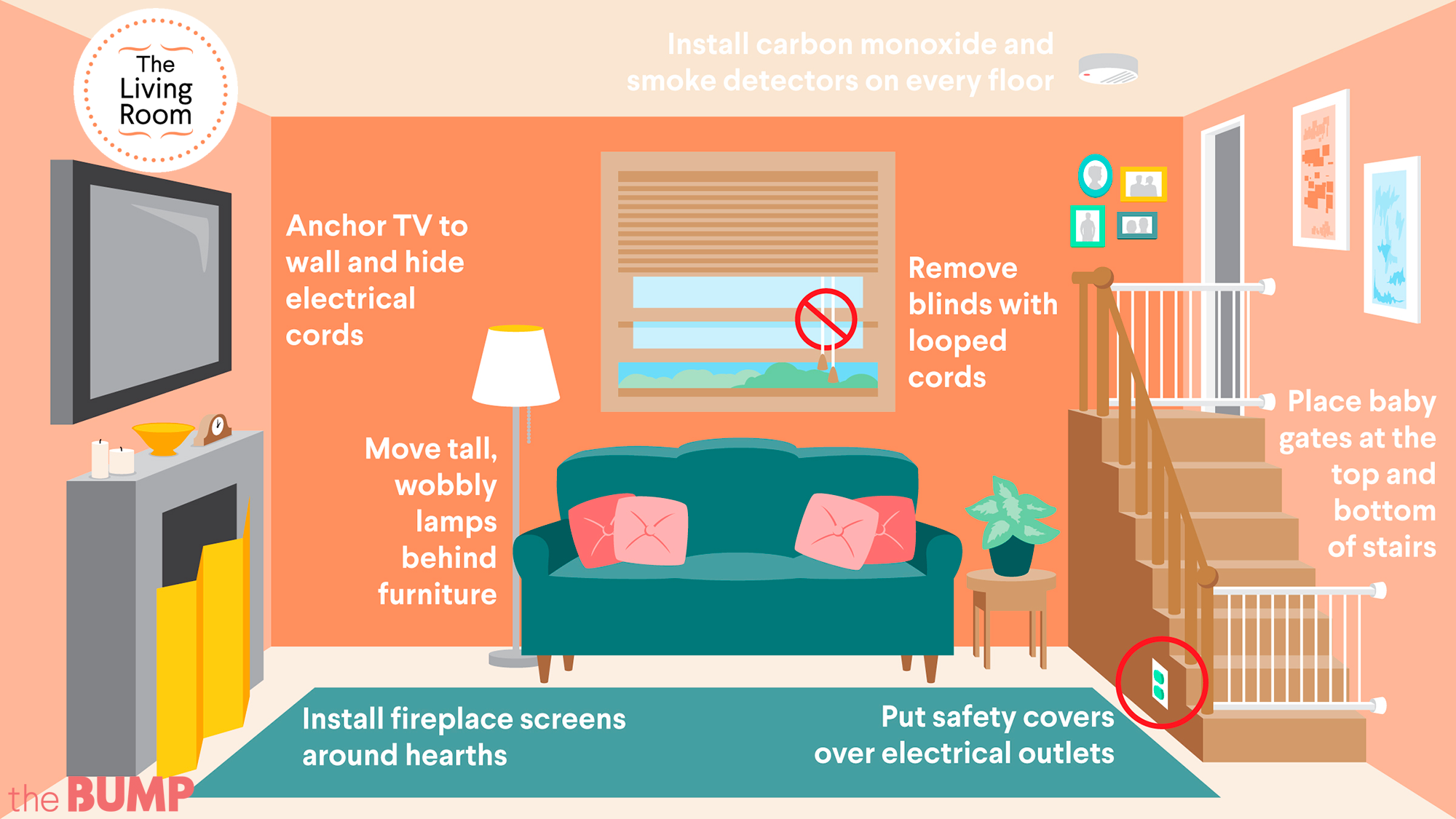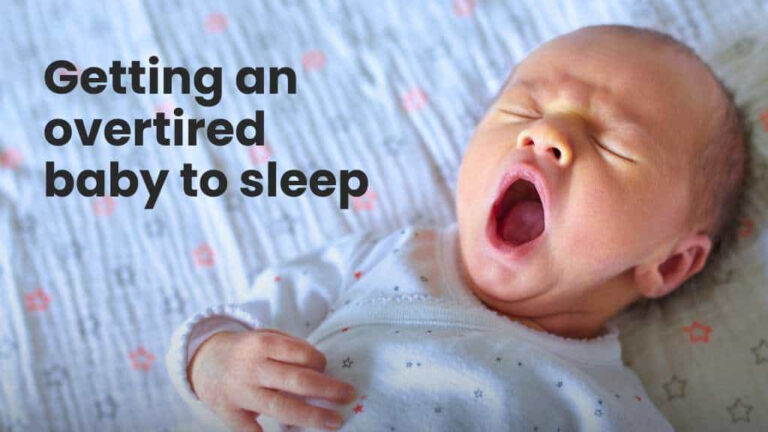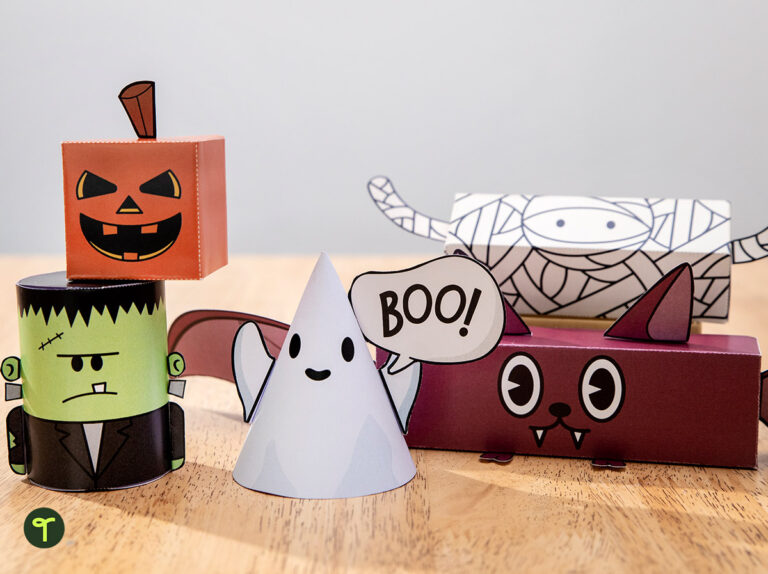How To Baby Proof A House
Are you expecting a new addition to your family or have a little one starting to explore their surroundings? Baby proofing your house is essential to ensure a safe environment for your child. In this article, we will cover everything you need to know about how to baby proof a house, from the basics to advanced tips to keep your little one out of harm’s way.
Knowledge
When it comes to baby proofing your house, there are several key areas to focus on to create a safe environment for your child. One of the first steps is to secure furniture and appliances to prevent tipping. Use wall anchors to secure bookshelves, dressers, and other heavy items to the wall to avoid accidents. Cover sharp edges and corners with corner guards to prevent injuries during playtime.
Electrical outlets are another potential hazard for curious little ones. Use outlet covers to prevent children from inserting objects into the sockets. Consider installing tamper-resistant outlets that require equal pressure on both sides to open, reducing the risk of electrical shock.
Stairs pose a significant danger to babies and toddlers. Install safety gates at the top and bottom of the staircase to prevent falls. Make sure the gates are securely mounted and meet safety standards to keep your child safe.
The kitchen can be a hazardous area for young children. Keep knives, sharp objects, and toxic substances out of reach by using cabinet locks and latches. Store cleaning products and chemicals in high cabinets or locked drawers to prevent accidental poisoning.
The bathroom is another room that requires special attention when baby proofing your house. Install toilet locks to prevent drowning hazards and keep medications and toiletries out of reach. Use non-slip mats in the bathtub to prevent slips and falls during bath time.
Conclusion
In conclusion, baby proofing your house is a crucial step to ensure the safety of your child as they explore their surroundings. By securing furniture, appliances, electrical outlets, stairs, and hazardous areas like the kitchen and bathroom, you can create a safe environment for your little one to thrive.
Remember, baby proofing is an ongoing process as your child grows and becomes more mobile. Stay vigilant and continue to assess and update your safety measures to keep up with your child’s development. By taking the time to baby proof your house, you can provide a secure and nurturing environment for your little one to learn and grow.






